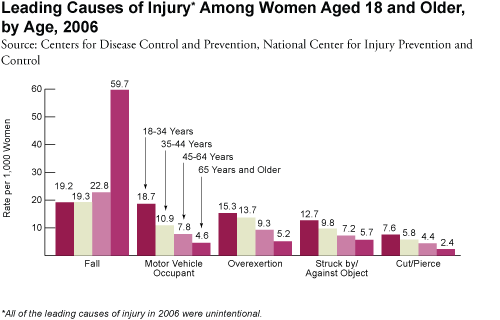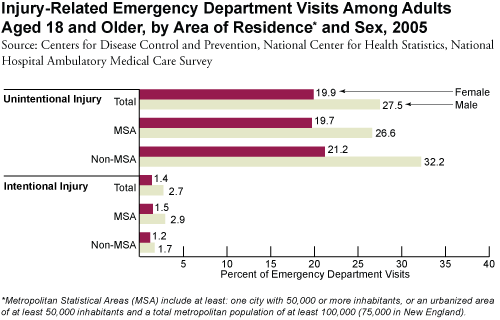by STEVE DOUGHTY
Last updated at 22:00 08 December 2006

The report notes the disparity in family background between children most likely to do well in school and those who fail
Family breakdown costs the country £20 billion a year, a report produced for the Tory party found yesterday.
It estimated the cost of family collapse including the burden of welfare benefits on the taxpayer, the amount of debt incurred by single parents trying to survive, and the price to society of coping with associated problems like drug abuse.
And the inquiry set up to provide a basis for party leader David Cameron's policy reviews linked the failures of white boys at school to the increasing likelihood that boys from poor white backgrounds will come from families without fathers.
The full report of the Tory's social justice review group, called Breakdown Britain, is to be published on Monday.
It puts Mr Cameron under pressure to reverse Labour's attempt to sideline marriage and put support for the married family at the heart of party policy when he produces firm ideas to back his promises of cutting poverty next year.
The social justice group, led by former Tory leader Iain Duncan Smith, said that half of all live-in cohabiting couples who have children have split by the time the child reaches the age of five.
But only one in 12 married couples break up in the first five years of their child's life.
The report also notes the disparity in family background between children most likely to do well in school and those who fail.
Last month the Daily Mail revealed figures showing that poor white boys have now become the worst-performing group in schools, falling behind poor Caribbean boys who have in the past been expected to do worst. The report links performance with family background. Children from Indian families - only 15 per cent of whom come from broken or single-parent families - do best in schools. Poor white boys, as measured by whether they get free school meals, come from single parent families more frequently than the national average, which shows that just under one in four children are brought up by one parent. Caribbean boys have the highest rate of single parent families of all. More than half are brought up by one parent.
Mr Duncan Smith told the BBC yesterday: "What we found was one of the fastest growing groups that are having children in society are cohabting parents. "But what was startling about the figures was that among cohabitees one in two are going to break up and leave a single parent household before the child is five." He said the state was left to 'pick up the pieces' of impoverished broken homes. "We can't have a stable workforce and a productive economy if a grwoing number of people at the bottom end of society are workless and without hope," he added.
The report suggests the welfare state has replaced the 'welfare society' of self-supporting stable married families and the links between them. Labour ministers have increasingly sought to intervene in family life to try to improve the lives of poor children.
Chancellor Gordon Brown's welfare system of tax credits has pumped more than £15 billion a year in extra benefits mainly into single parent families, while projects like the £3 billion Sure Start system have tried to supervise the upbringing of their children. Ministers have advised on how children should brush their teeth and called for classes to teach mothers how to sing their children nursery rhymes. But at the same time remaining tax support for married couples has been stripped away, and the Government insists that marriage is a mere lifestyle choice that has no bearing on the success of families.






